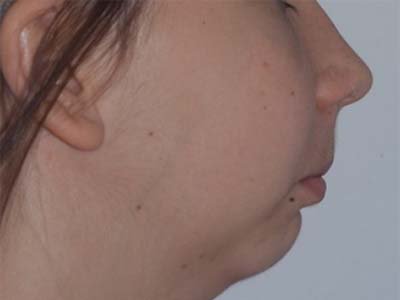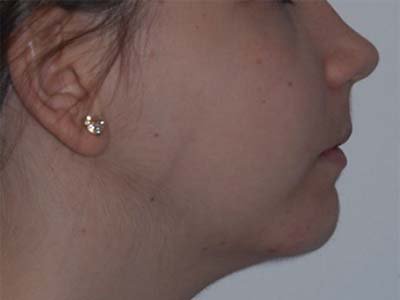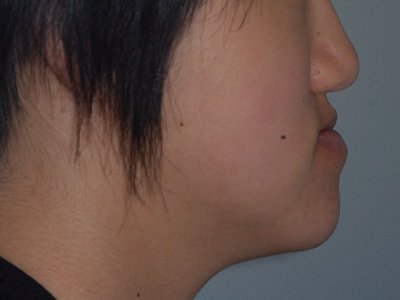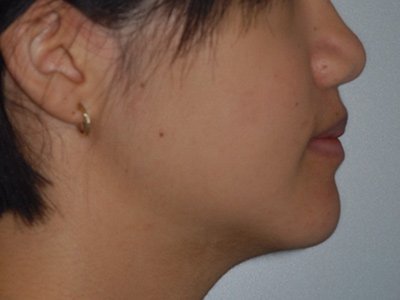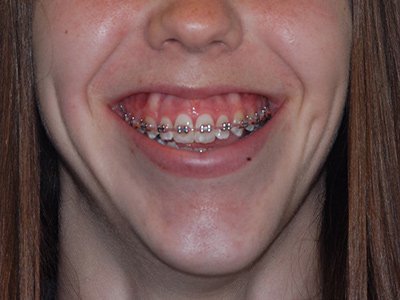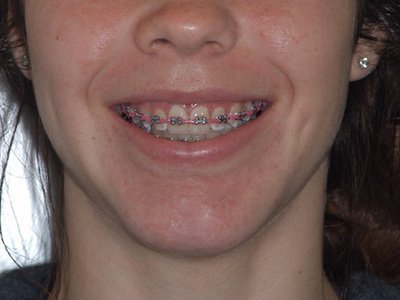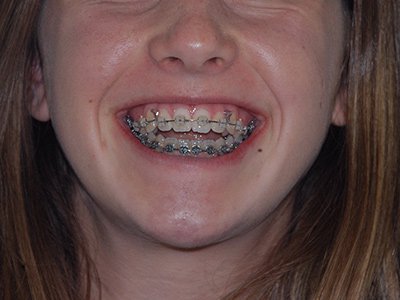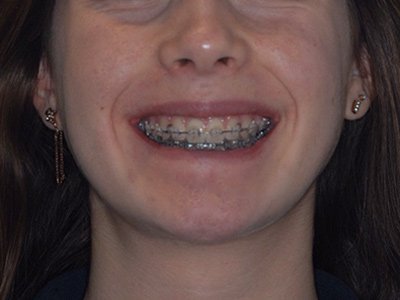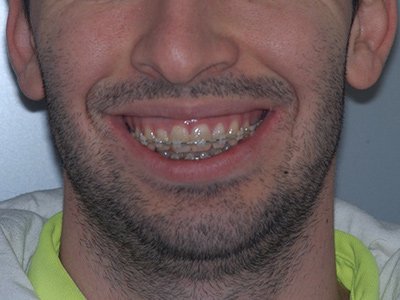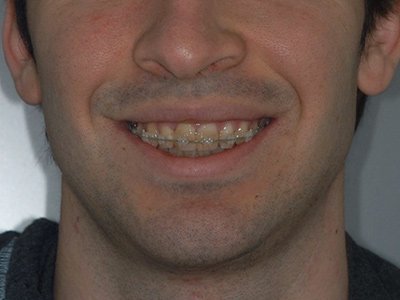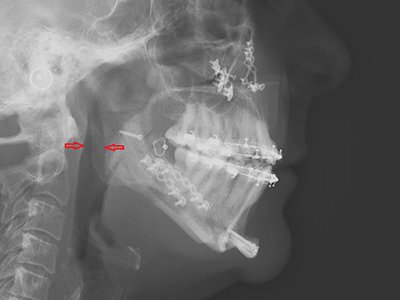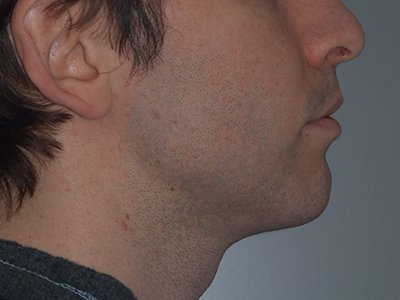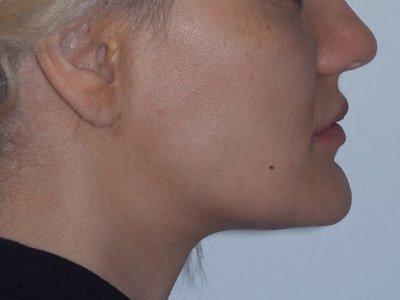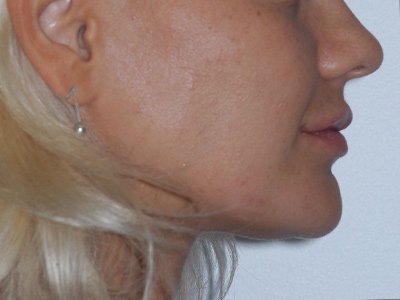Orthognathic surgery is indicated to correct dentofacial anomalies. These conditions can create masticatory and speech difficulties, functional discrepancies, esthetic defects, and even create respiratory problems at times such as sleep apnea.
Although, in the majority of cases, orthognathic surgery obtains spectacular facial esthetic results, this is not an esthetic surgery. The primary goal of this surgery is to correct functional problems (mastication, speech, respiratory).
An initial consultation with the surgeon allows to review details of the surgical procedure, risks and complications associated, as well as the goals and benefits associated with such treatment.
In the large majority of cases, orthodontic (braces) treatment is necessary to level and align the teeth in preparation for surgery. This will allow for a more precise surgical positioning of the jaws.
Often, the wisdom teeth, if present, will need to be extracted prior to surgery, and this time frame can vary from 6 to 9 months. There are times where the wisdom teeth may be extracted at the same time as surgery, more commonly with the upper wisdom teeth however.
Multiple measurements, impressions, pictures and radiographs (2D or 3D if indicated), otherwise known as a work-up, are taken in order to adequately guide the surgeon to place the upper and lower jaws in their respective positions. There are times where virtual planning may be indicated.
Approximately 4 weeks after the surgery, orthodontic treatment is reinitiated and finalized over the next several months.

